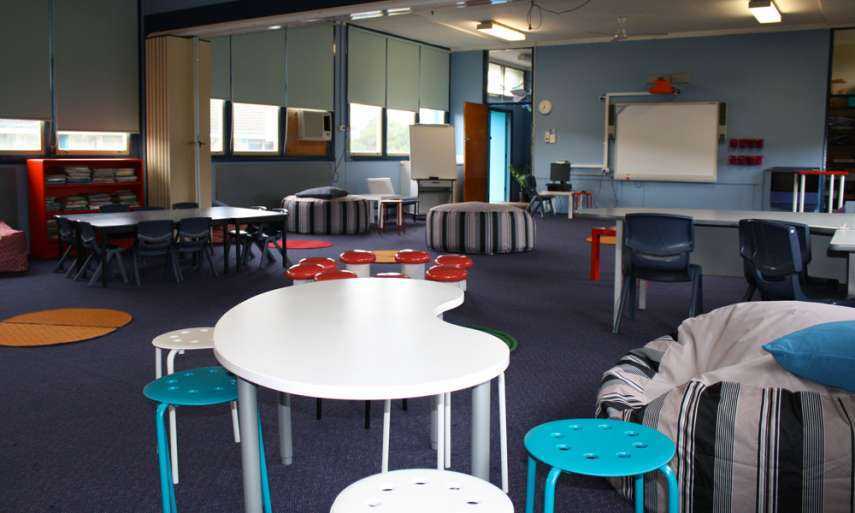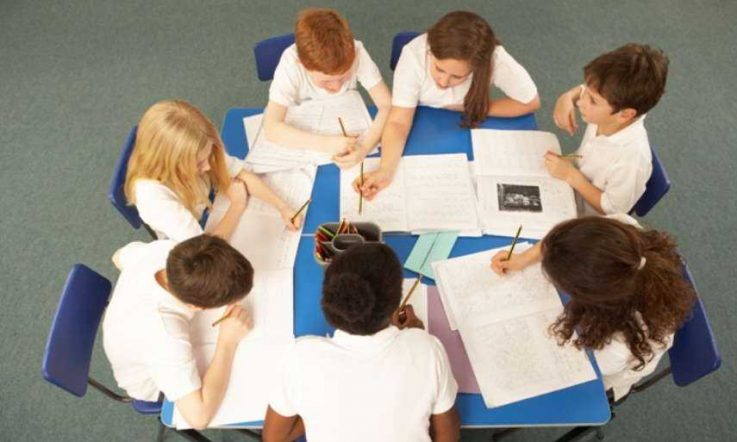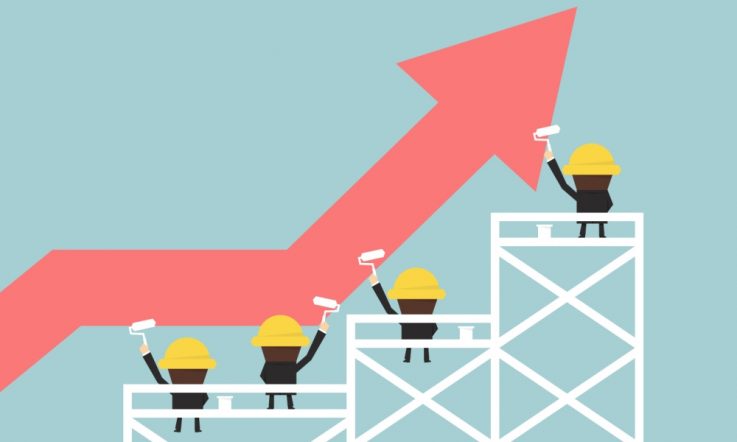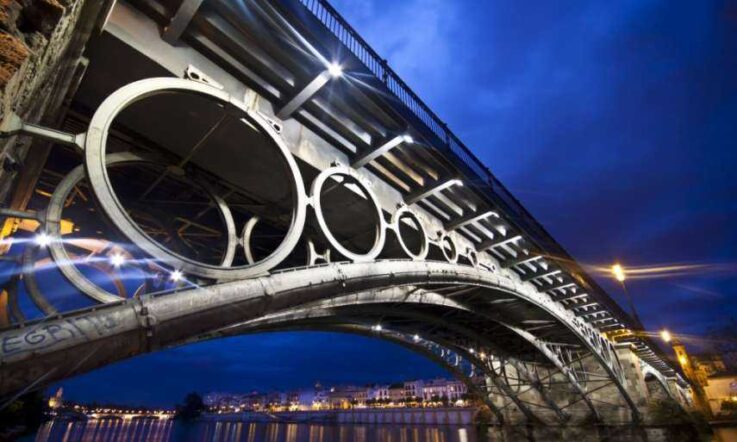Research into highly effective schools has consistently highlighted the importance of effective teaching methods.
Introducing new teaching methods can often be the catalyst for another change - this time in the physical learning environment.
When New South Wales principal Natalie Mansour trialled project-based learning (PBL) in her school, she soon realised the 'traditional' classroom layout needed a revamp.
Mansour, Principal of Mount Pritchard East Public School, says the focus on 21st Century learning skills was prompted by a visit to neighbouring Merrylands East Public School 12 months ago.
'I came back so inspired and talking about what was going on over there. We were looking for a channel to work out how we could address the 4Cs [of communication, critical thinking, collaboration and creativity] and went down the path of PBL,' she recalls.
'We trialled it in our Stage 3 classes initially in Semester 2 last year and did our own mini action research - the results were fantastic. [But] our learning spaces weren't conducive to what we were trying to achieve with the 4Cs.'
Teachers were routinely dragging whiteboard tables outside so students could spread out. 'The learning space has ... to suit the pedagogy,' Mansour says. 'So, we started investigating alternatives.'
The principal asked staff to 'do the research' and come back with a plan. 'It was never me standing at the front telling teachers 'you must do that' ... I gave them a budget each and said you have up to this amount ... for whatever you feel will work in your classrooms.'
In the first room redesign, half of the tables were removed and low teacher chairs, stools and beanbags were brought in. Stage 3 students were also asked to design another learning space as part of their project work.
'I had a look at all their plans and took out some common themes. It's a double classroom and somewhere teachers can now book in and take their kids,' Mansour says. Junior and senior students are also using the space to run joint SOLE (Self Organised Learning Environment) sessions.
One of the new furniture elements introduced to help collaboration and brainstorming, among both staff and students, is whiteboard tables. Mansour found the more expensive versions would cost several hundred dollars, so she explored a cheaper alternative - whiteboard paint costing $30 a can.
'We don't have that sort of money to be spending $400 on a table. The can [of Dry Erase Paint] does seven tables, so it was a discovery! We've started painting tables in all the classes ... as an option for brainstorming.'
Teachers at the school collect data on student progress every five weeks and use it to inform their fortnightly collaborative professional learning sessions and planning. Analysis of the PBL trial shows children are progressing in their learning.
Mansour says further analysis is needed to determine if it's the learning space or teaching method, or a mix of both, that's making the difference.
'We do obviously have to monitor it and make sure it's still catering for the needs but, at the moment, it's engaging our students in learning in a way that we probably haven't seen in the past.'
Are your learning spaces suited to your teaching approach?
Has your school used action research to identify changes needed in your learning spaces?
Are you redesiging your learning spaces - what teaching and learning outcomes do you want to achieve?



